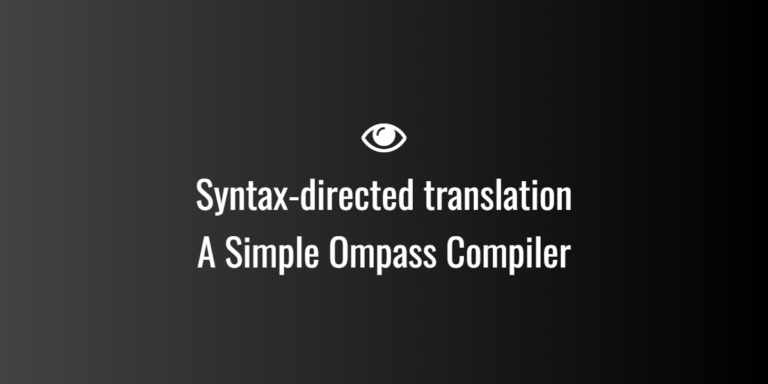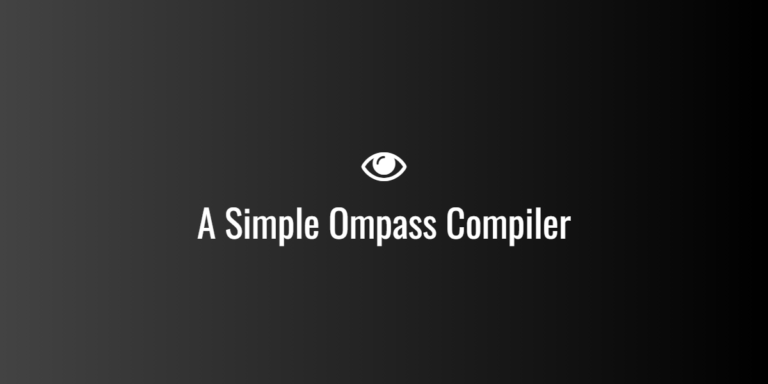
High-Level Data Link Control Computer Network
HDLC (High-Level Data Link Control) is a bit-oriented synchronous data link layer protocol that is used for communication between devices in a computer network. It was developed by the International Organization for Standardization (ISO) as part of its ISO 3309 standard and is widely used in point-to-point and point-to-multipoint communication systems. HDLC is designed to provide error detection, error correction, and framing for data packets over various types of communication links, including leased lines, LANs, and WANs.
Key Features of HDLC Protocol
- Bit-Oriented:
- HDLC is a bit-oriented protocol, meaning that the data is transmitted as a series of bits (0s and 1s). It does not define data as bytes or characters, but as sequences of bits, making it more efficient and flexible for transmission.
- Framing:
- HDLC uses frames to organize data. The data in HDLC is encapsulated in frames, and each frame consists of control information, such as the start and end delimiters, which help identify and manage the data during transmission.
- Synchronous Communication:
- HDLC operates in synchronous mode, meaning that the data transfer is synchronized between the sender and receiver using a shared clock signal.
- Error Detection:
- HDLC provides error detection by using a checksum algorithm (usually CRC—Cyclic Redundancy Check). This ensures that corrupted frames are discarded and retransmitted.
- Error Correction:
- While HDLC itself does not provide automatic error correction, it can signal the need for retransmission of corrupted or lost frames by using mechanisms like acknowledgments (ACK) and negative acknowledgments (NAK).
- Flow Control:
- HDLC includes flow control mechanisms that help regulate the data transmission rate between sender and receiver, ensuring that the receiver’s buffer does not overflow.
- Addressing:
- HDLC supports addressing, allowing for communication between multiple devices on a network. It uses a station address in each frame to indicate which device the frame is intended for.
- Full-Duplex Communication:
- HDLC supports full-duplex communication, allowing data to be transmitted in both directions simultaneously, which helps maximize the efficiency of data exchange.
HDLC Frame Structure
An HDLC frame consists of the following parts:
- Flag (F):
- The frame begins and ends with a flag. It is a special sequence of bits, typically
01111110, that marks the beginning and end of a frame. This helps the receiver to distinguish between frames and ensure correct synchronization.
- The frame begins and ends with a flag. It is a special sequence of bits, typically
- Address (A):
- The address field contains the address of the destination device. This field allows communication between multiple devices on the network. The address field can be variable in size depending on the addressing scheme.
- Control (C):
- The control field is used to indicate the type of frame (e.g., data, acknowledgment, supervisory) and the control information such as sequence numbers, which are used to maintain the order of frames and to detect lost or duplicated frames.
- Information (I):
- The information field holds the actual data or payload being transmitted. The size of the information field varies depending on the amount of data being sent. If the frame is for control purposes (such as acknowledgment), the information field may be empty.
- Frame Check Sequence (FCS):
- The FCS is used for error detection and contains a CRC (Cyclic Redundancy Check) checksum. This helps to verify the integrity of the transmitted data. If the FCS does not match the calculated value, the frame is discarded and a request for retransmission is made.
Types of HDLC Frames
HDLC defines three types of frames based on their function:
- Information Frame (I-frame):
- Purpose: Used to transmit user data.
- Contains: Address, Control, and Information fields.
- Used in: Data transmission between sender and receiver.
- Supervisory Frame (S-frame):
- Purpose: Used for control and error handling.
- Contains: Address and Control fields.
- Used in: Acknowledging the reception of frames or requesting retransmission.
- Unnumbered Frame (U-frame):
- Purpose: Used for link management and control.
- Contains: Address and Control fields.
- Used in: Establishing and managing communication links between devices.
HDLC Operation
- Initialization:
- Before any data transmission can occur, HDLC establishes a link between the sender and receiver. This may involve handshaking processes where both devices agree on certain parameters (such as frame size and error handling protocols).
- Data Transmission:
- Data is sent in the form of frames. The sender breaks down the data into smaller pieces, encapsulates them into HDLC frames, and transmits them one by one. Each frame is received by the receiver, which processes and checks for errors.
- Acknowledgment:
- After receiving a frame, the receiver sends an acknowledgment (ACK) to the sender, confirming that the frame was received successfully. If an error occurs, a negative acknowledgment (NAK) is sent, prompting the sender to retransmit the frame.
- Error Detection and Correction:
- When the receiver gets a frame, it checks the FCS (CRC) to verify that the frame has not been corrupted. If the FCS does not match the received frame, the frame is discarded, and the receiver requests the retransmission of the corrupted frame.
- Termination:
- Once all the data has been transmitted, the link is terminated through a proper handshake, ensuring that both sender and receiver are aware that the communication session has ended.
Advantages of HDLC
- Efficiency: HDLC uses bit-oriented transmission, making it more efficient than byte-oriented protocols like PPP (Point-to-Point Protocol).
- Error Handling: HDLC ensures data integrity through error detection and allows for retransmission of lost or corrupted data.
- Support for Multiple Devices: HDLC allows communication between multiple devices, making it ideal for use in multi-point configurations.
Disadvantages of HDLC
- Complexity: HDLC can be more complex to implement and configure, especially in systems with multiple devices and varied communication needs.
- Overhead: The protocol’s header and error checking features can introduce overhead, particularly when transmitting small amounts of data.
Example of HDLC Frame:
Let’s consider a simple example where an HDLC frame is used to transmit a data packet:
- Flag:
01111110 - Address:
11100000(indicates the destination device) - Control:
00000011(sequence number and control information) - Information:
0101010101(actual data payload) - FCS:
1001011101(CRC for error checking) - Flag:
01111110
This frame would be transmitted over the network, and the receiver would check the FCS to ensure data integrity. If everything checks out, the receiver acknowledges the frame, and the process continues.
Conclusion
HDLC (High-Level Data Link Control) is a reliable, bit-oriented protocol that operates at the Data Link Layer of the OSI model. It is widely used in communication systems for its efficiency in providing error detection, flow control, and reliable data transfer. By segmenting data into frames and ensuring error-free transmission through acknowledgment mechanisms and CRC checks, HDLC remains a robust and effective protocol for point-to-point and point-to-multipoint communication.




